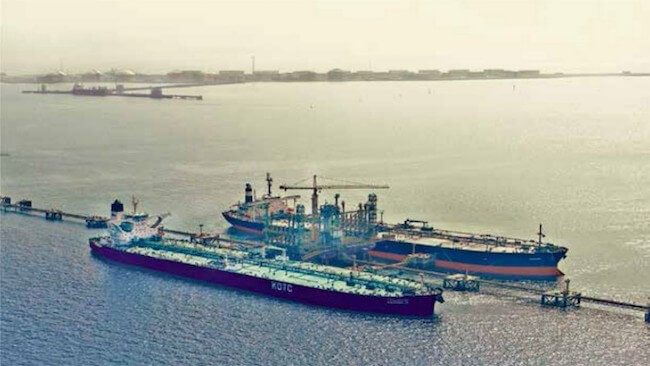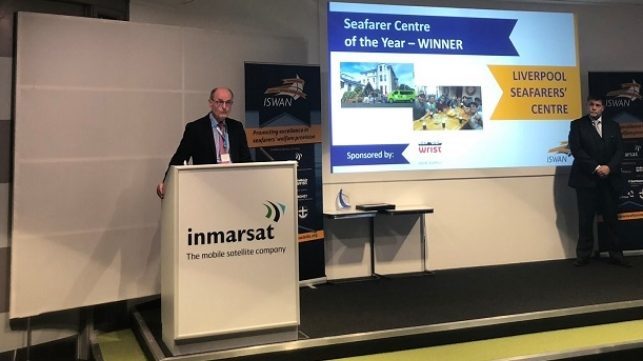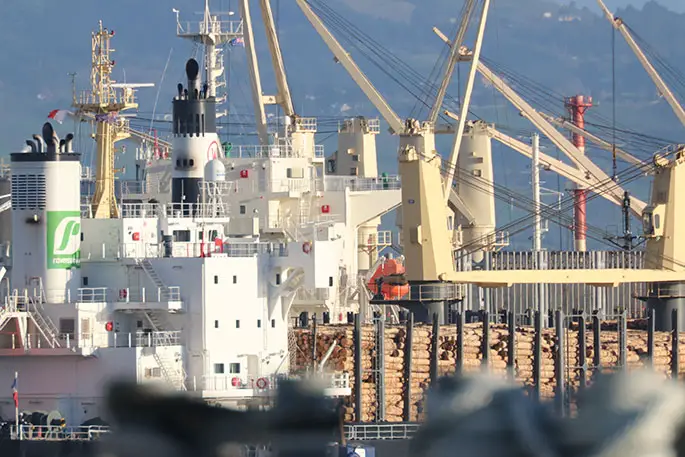DNV GL Launches Revised Design Standard And New Certification Guideline For Floating Wind Turbines

DNV GL, the world’s largest resource of independent energy experts and certification body, has published the revised standard for the design of floating wind turbine structures DNV GL-ST-0119, and a new guideline for the certification of floating wind turbines, DNVGL-SE-0422.
Together, the two documents define design and certification requirements for floating offshore wind turbine concepts, prototypes and projects. The guidelines provide the most comprehensive technical reference suite for this emerging technology, enabling the safe and reliable realisation of floating wind projects. The documents cover the complete requirements for the integrated system and can be applied for design and certification of floating wind farms, turbines or their components.
The role of offshore wind, including floating offshore wind energy, will grow significantly over the coming decades. In its recently published Energy Transition Outlook report DNV GL forecasts that by 2050, 12% of world primary energy supply will come from wind energy of which 20% will come from offshore wind. In relative terms, offshore wind is growing 85-fold (2050 vs 2016), which is the same growth rate as for Solar PV (also 85-fold).
As new technologies, such as floating wind applications will grow in prevalence, it is vital to mitigate the risks in the implementation of the pioneering features to ensure the safe and reliable delivery of the expected performance and quality targets.
To ensure the new technology is adapted safely, DNV GL has developed the technical guidelines based on the experience from research projects and verification of existing floating wind prototypes and pilot wind farms. Furthermore, the documents are built on DNV GL’s longstanding experience in the oil & gas and bottom-fixed offshore wind industry by referencing proven standards, in addition to addressing specific floating wind challenges.
The technical standard for the design of floating wind turbine structures, DNV GL-ST-0119 and the new service guideline for the certification of floating wind turbines, DNVGL-SE-0422 are applicable for the entire floating structure, from the control of the single turbine and floater to mooring and anchors of the complete wind farm.
To support safe structures, the complete certification process is aligned with existing bottom-fixed wind turbine certification schemes. DNV GL has worked together with the industry over the last decade to develop a certification scheme tailored to the needs of the industry.
“DNV GL sees a promising future for floating offshore wind with innovative concepts unlocking a major global potential for harvesting offshore wind resources. The technology is maturing and we have therefore revised the standard and launched the service document for floating wind turbines. We are confident that this will support further development of floating wind as a competitive technology for making the energy future safer, smarter and greener”, commented Kim Mørk, Executive Vice President, Renewables Certification at DNV GL.
Press Releases: dnvgl.com
Photo Courtesy: dnvgl.com






